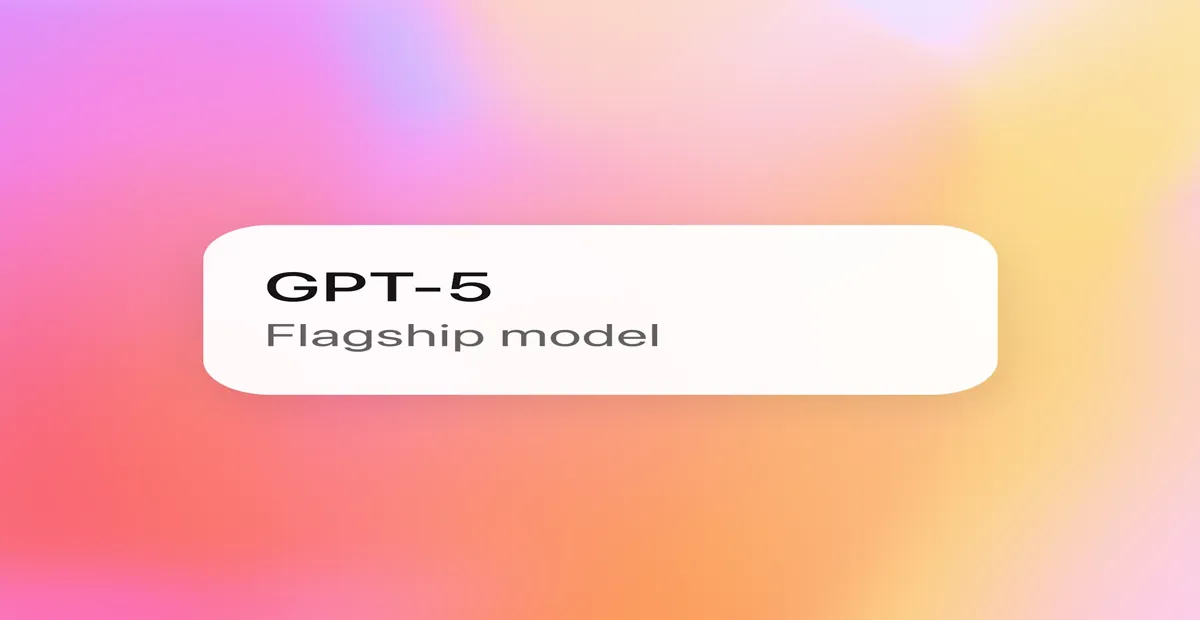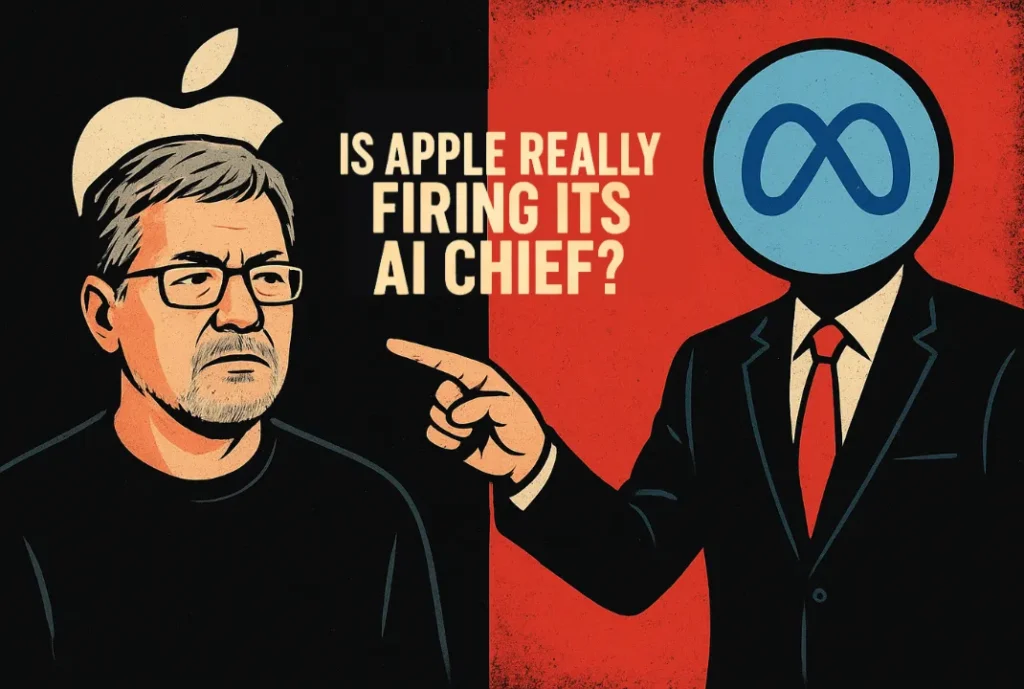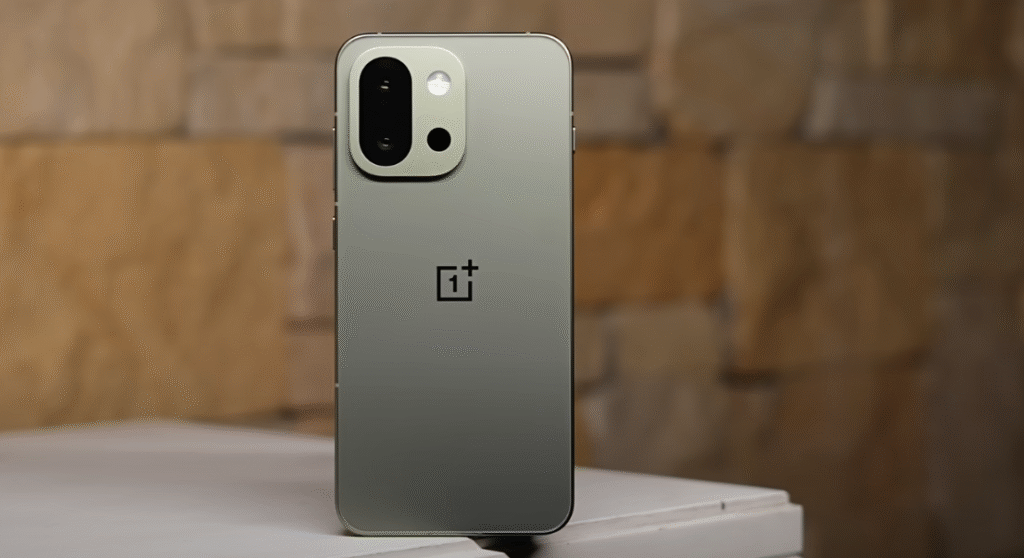It is official now after months of rumors, leaks and that one screenshot on X (twitter) last May, GPT-5 Launch happened on Thursday 7th August on live stream. Not just in raw capability but in the way it changes the game for developers, businesses and frankly anyone who thought they had a handle on AI’s trajectory.
I’ve been following OpenAI since the early GPT-2 days when I could barely get it to write a simple paragraph that didn’t sound like a robot and this release feels different. Not just an incremental bump in the spec sheet. It’s not a small step forward; it feels like a real shift, a more confident, less experimental step into being the foundation of how software will actually get built in 2025 and beyond.
GPT-5 Is Here, and It’s a Major Upgrade, Not Just a Speed Boost
It is easy to summarize, says OpenAI GPT-5 and they are claiming it has higher reasoning power, longer memory context, and better multimodal fluency. But such a statement really does a disservice to the incredible nature of the event; the feeling one gets working with ChatGPT GPT-5 is akin to working with a competent colleague rather than querying a tool.
I had the chance to sit through a closed NDA demo, though I should probably just give the gist of it: GPT-5 was tasked with designing an API spec, reviewing a spreadsheet for outliers, and drafting a user onboarding sequence, all in one continuous stretch of conversation, while also remembering special formatting quirks from some 45 minutes earlier. Memory continuity? Quietly transformative-killer feature-put differently, this-what-will-change-everything!
For Developers this is beyond a simple code The AI can perform genuine cross-file reasoning, a human-level task. You can ask it to refactor your React components based on a backend schema it saw earlier, and it just works. This is more than smart autocomplete—it’s the kind of workflow automation that used to require a senior engineer.
GPT-5 Features That Stand Out
- 200K+ Context Window: Enough to feed in entire codebases or research papers without chunking. This alone will spawn a cottage industry of “upload your whole project and just ask” SaaS tools.
- Cross-Modal Anchoring: Images, text, and soon video — GPT-5 doesn’t just describe them; it correlates them. Give it a chart and a legal clause, and it will spot if the data undermines the argument.
- Adaptive Personas: The model adjusts tone and technical depth mid-thread without having to be re-prompted. For B2B customer support bots, this is gold.
- Latency Drop: OpenAI claims a 30–40% response time cut versus GPT-4. In practice? Feels snappier, even when processing gnarly requests.
GPT-5 for Coders: Less Hallucination, More Humility?
Here’s the real question: will GPT-5 for developers fundamentally change how we build software, or just make Stack Overflow searches less necessary?
If you have ever wrestled with GPT-4’s tendency to hallucinate package names or “invent” API calls, you’ll notice an immediate shift here. GPT-5 is better at admitting ignorance, and its answers are more grounded in reality. I threw it a nasty, undocumented vendor API, and it asked me for the docs before guessing. That humility is new and welcome.
But here’s a thought, and it’s a big one: as developers start leaning on GPT-5 more and more, what happens if its reasoning style—and it has one—starts subtly favoring certain patterns? We might not notice those biases rippling through our codebases for months.
GPT-5 Pricing: More Accessible
OpenAI’s GPT-5 pricing model is split into three tiers:
- Free – Limited daily requests, trimmed context length.
- Pro – $30/month for full ChatGPT GPT-5 access in the app, 200K tokens per thread.
- API – Usage-based, slightly higher per-token rate than GPT-4 Turbo, but more efficient in practice.
If you’re a solo dev tinkering, Pro is the sweet spot. For enterprise, the API rates will feel reasonable — but the real expense will be in how many new “let’s just ask GPT-5” features product managers will want to slip in.
GPT-5 vs GPT-4: The Brass Tacks Comparison
Let us cut the marketing and talk about reality.
| Feature | GPT-4 | GPT-5 |
| Max Context | 32K / 128K (Turbo) | 200K+ |
| Multimodal | Limited | Full, with cross-referencing |
| Reasoning | Strong, but brittle on long threads | Sustained, multi-step continuity |
| Speed | Good | Noticeably faster |
| Hallucination Rate | Moderate | Reduced, but not gone |
GPT-4 was a remarkable tool; GPT-5 feels like infrastructure.
AI Innovation 2025: Where GPT-5 Fits in the Bigger Picture
The AI innovation 2025 landscape is crowded — Anthropic’s Claude 3.5, Google’s Gemini Ultra, Mistral’s open models. GPT-5 doesn’t blow them all out of the water in every metric, but it integrates into workflows with a kind of frictionless inevitability.
And that’s what makes this launch more than just a spec bump. It’s not the raw IQ score that matters; it’s the fact that GPT-5 plays well with the messy, imperfect, real-world way people actually work. It’s a step toward making AI less of an occasional assistant and more of a background constant. Ubiquitous.
The GPT-5 Version We Got — and the One We Didn’t
Some in the dev community were hoping GPT-5 would be the “true autonomous agent” — a model that could spin up tasks and run them unsupervised for hours. That’s not what we got. GPT-5 is still an “assistant”. Powerful yes. But it’s not about planning your company’s roadmap while you’re on holiday.
Maybe that’s for the best. A tool that does one thing amazingly well is often more useful than a tool that tries to do everything and leaves you to clean up the mess.
Final Thoughts: Why the GPT-5 Launch Matters
The GPT-5 launch isn’t just another checkmark on the AI progress bar. It’s where technology stopped being “impressive for what it is” and just impressive.
If you’re a dev, a product lead or just an extremely online tinkerer, GPT-5 changes what’s reasonable to try on a Wednesday afternoon. And it shifts the power to those who can integrate it fastest.
The real test? Six months from now when we see what unexpected things bubble up — the things OpenAI didn’t predict. That’s when we’ll know how big of a deal this was.
What about you — have you tried GPT-5 yet? If so, did it live up to the hype? Comment below.















